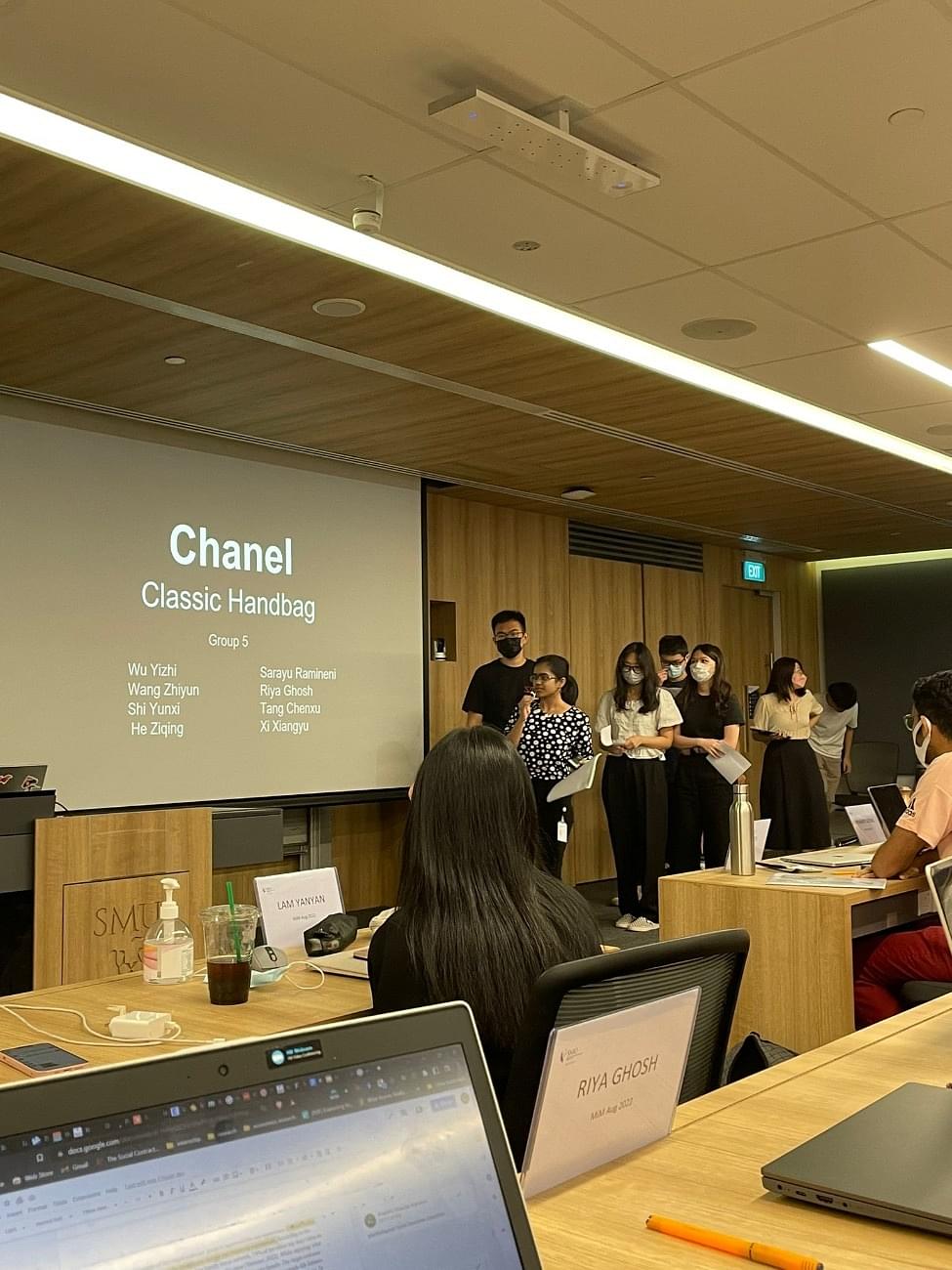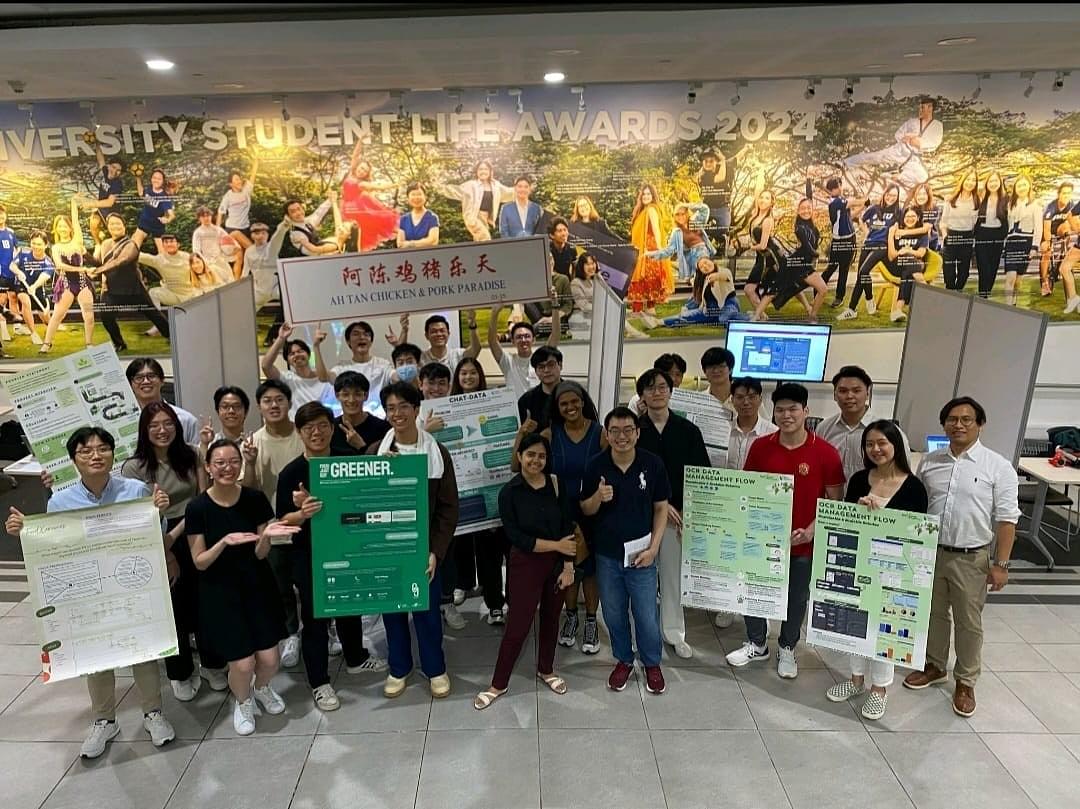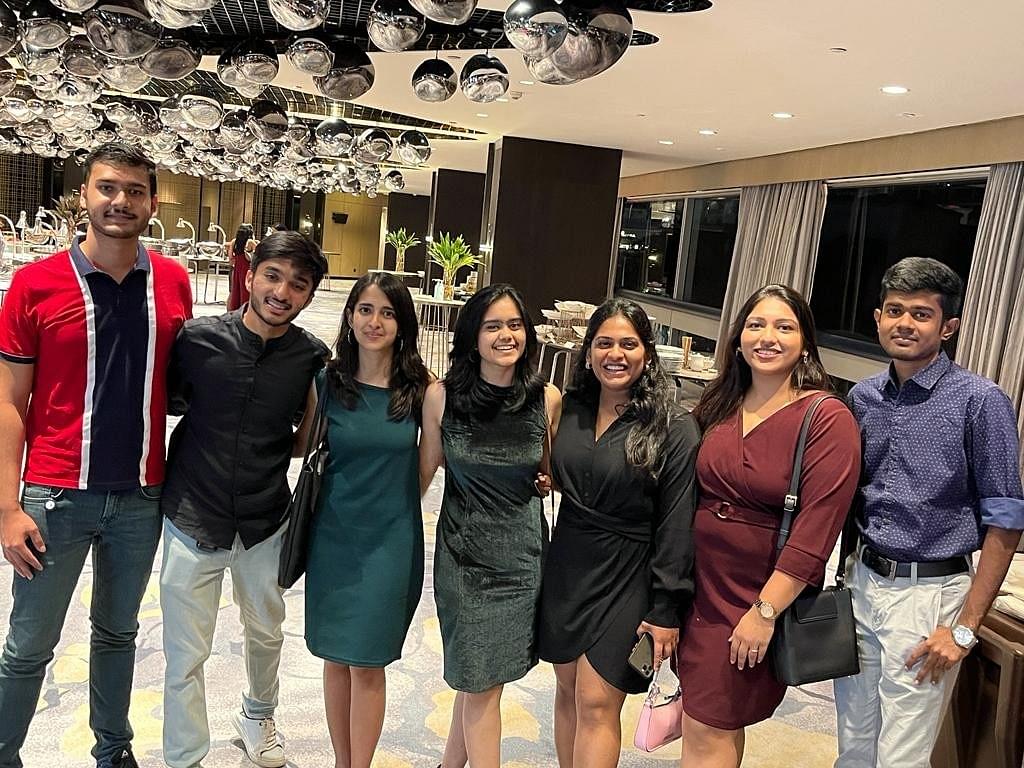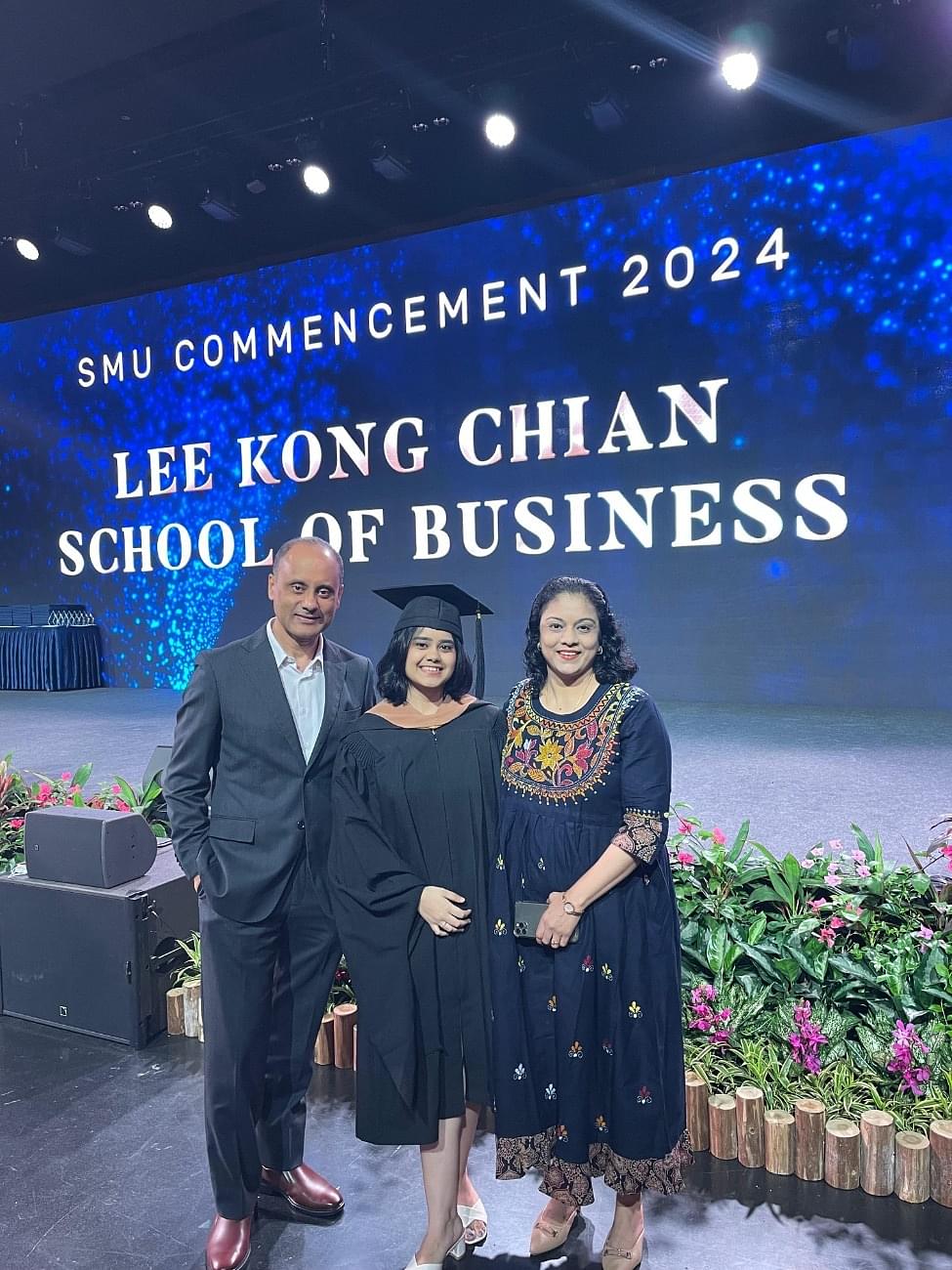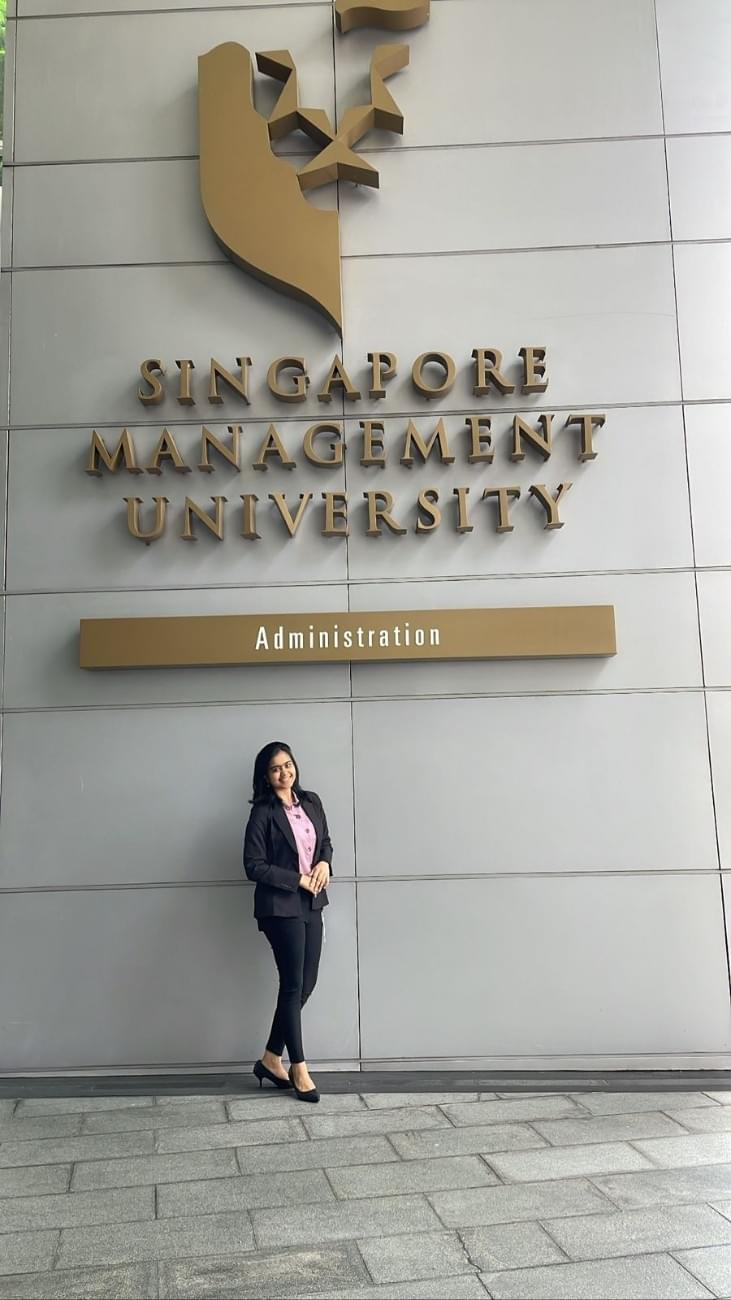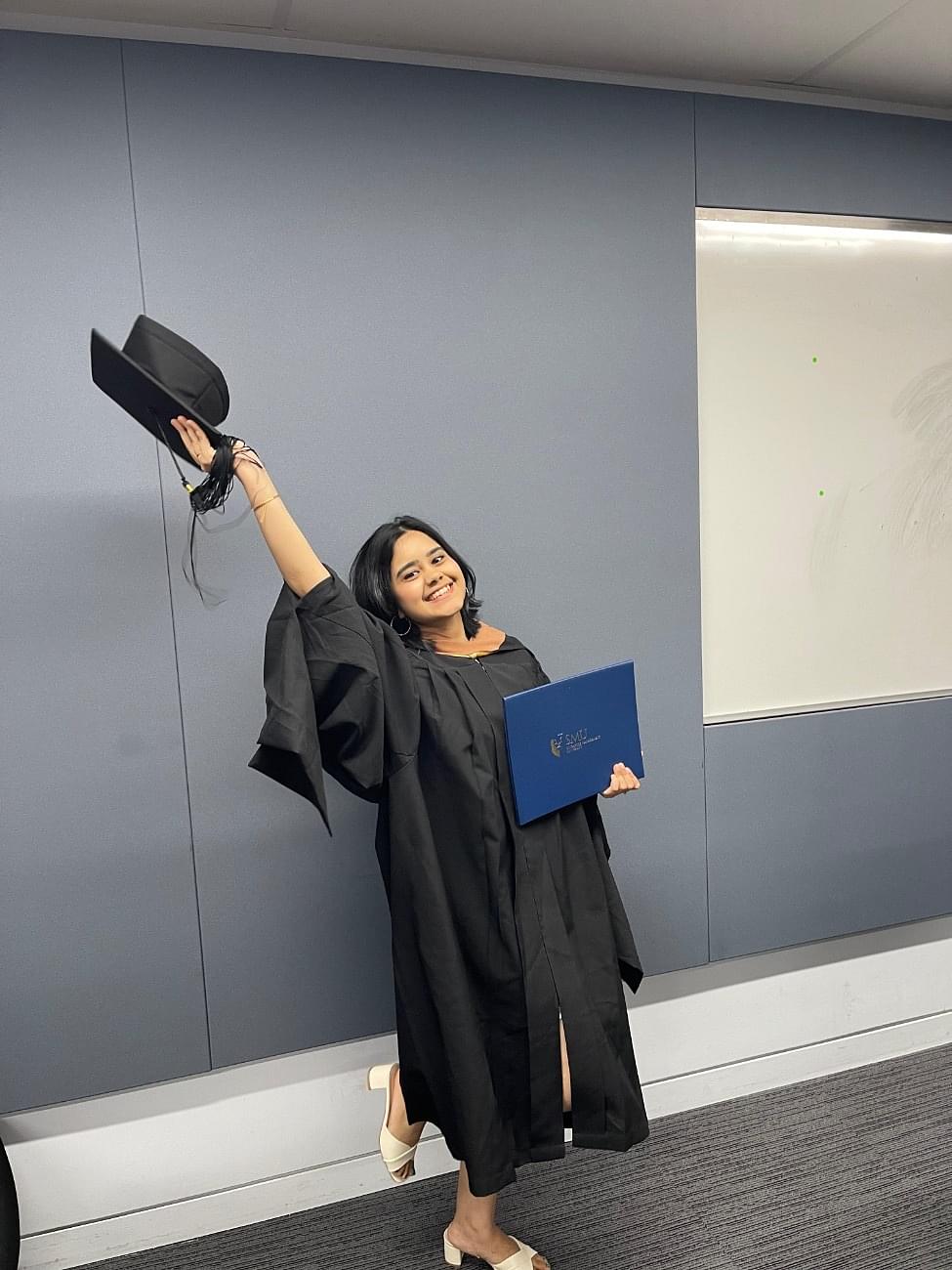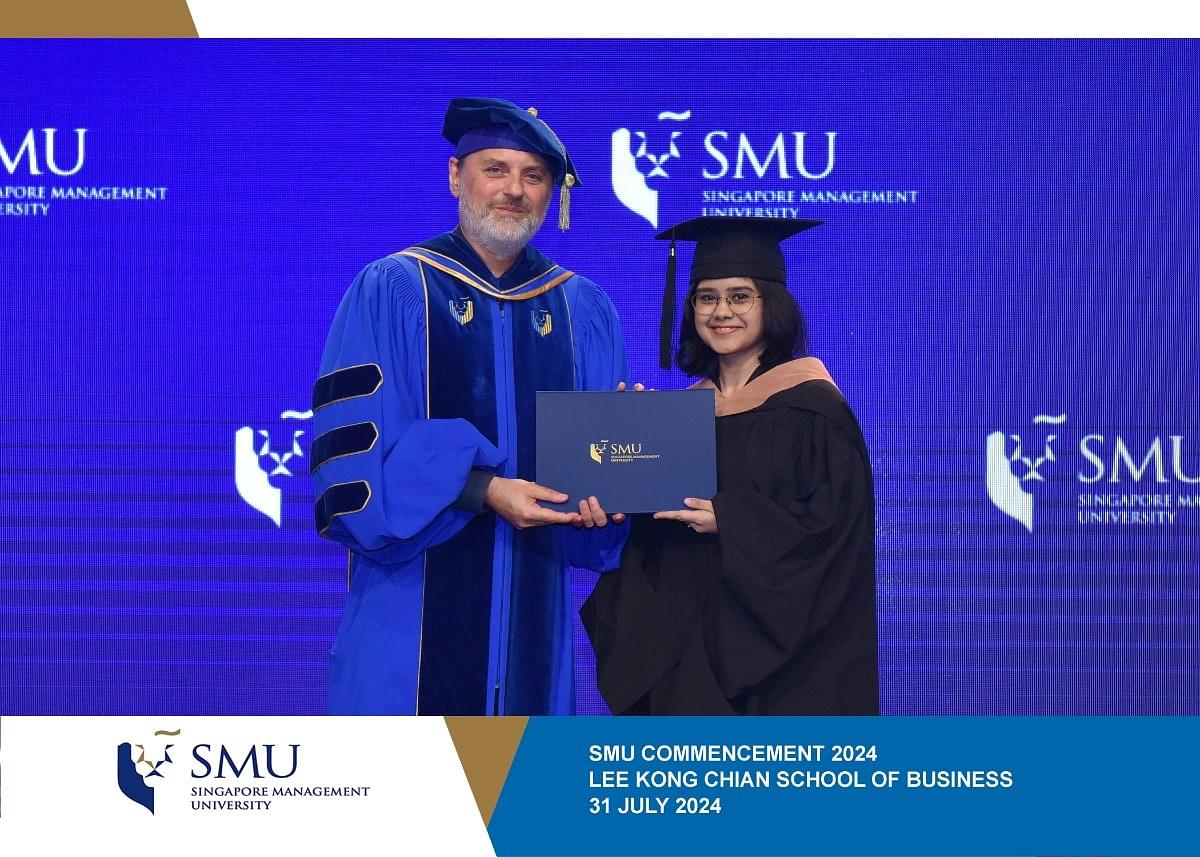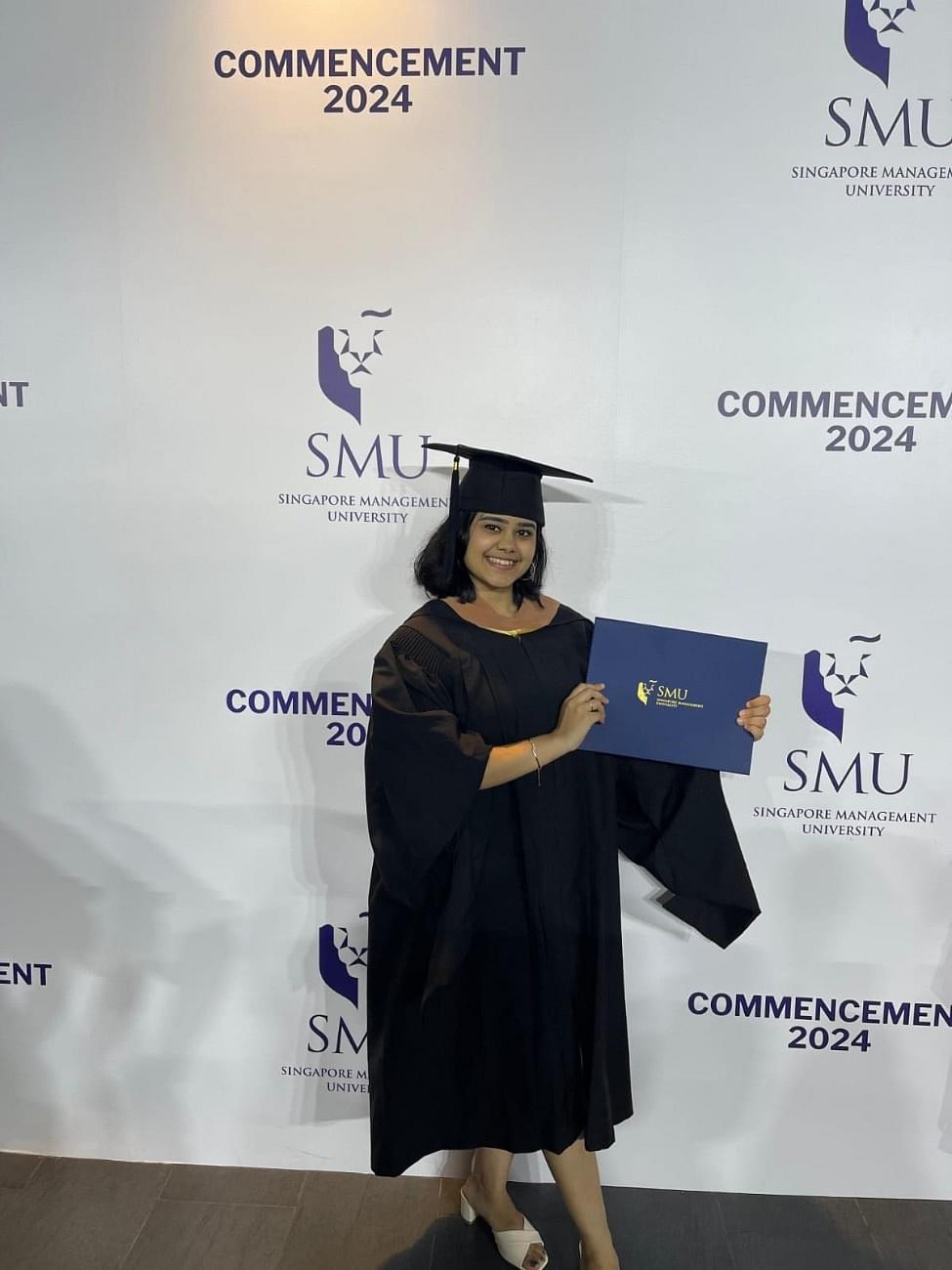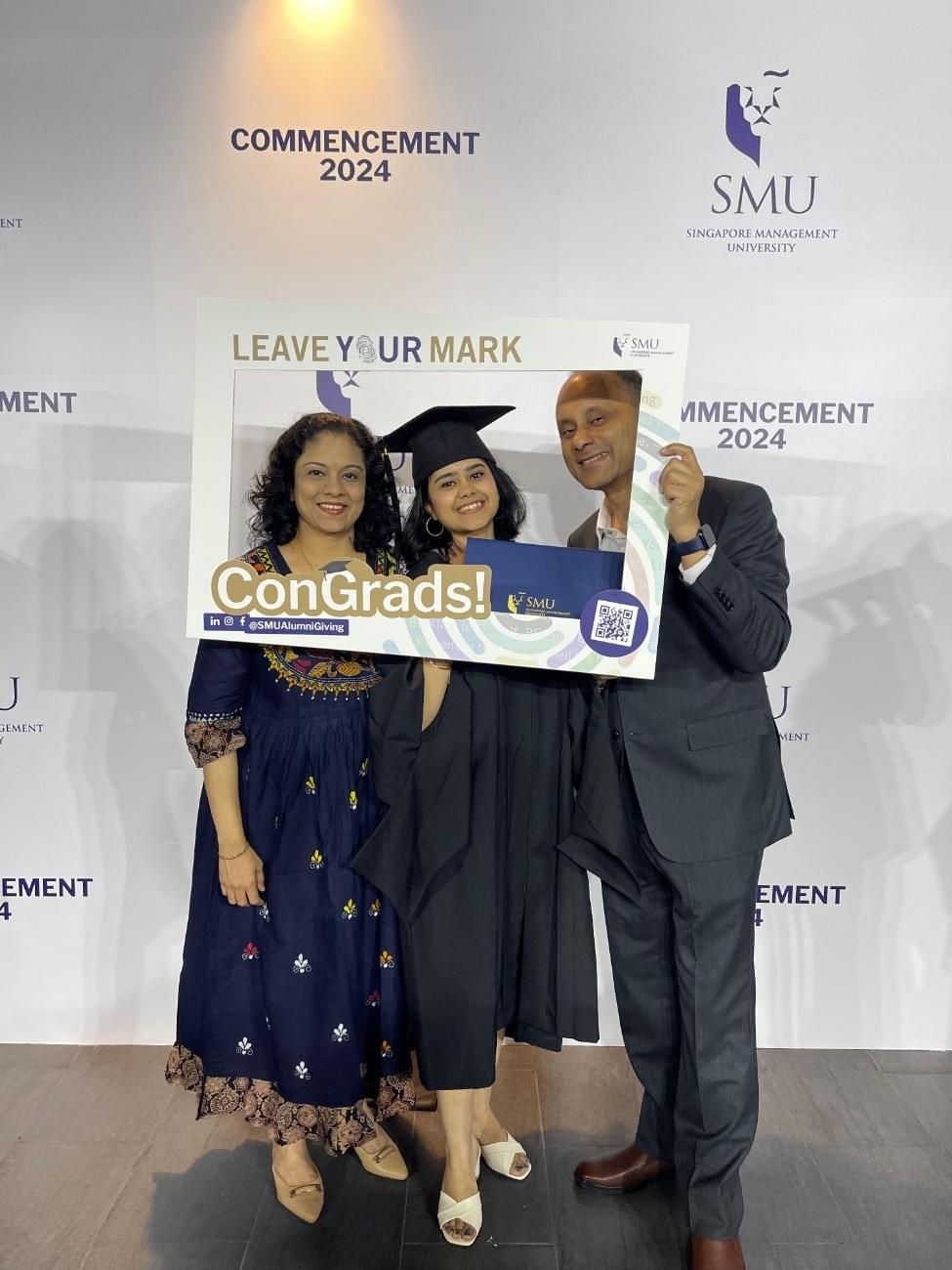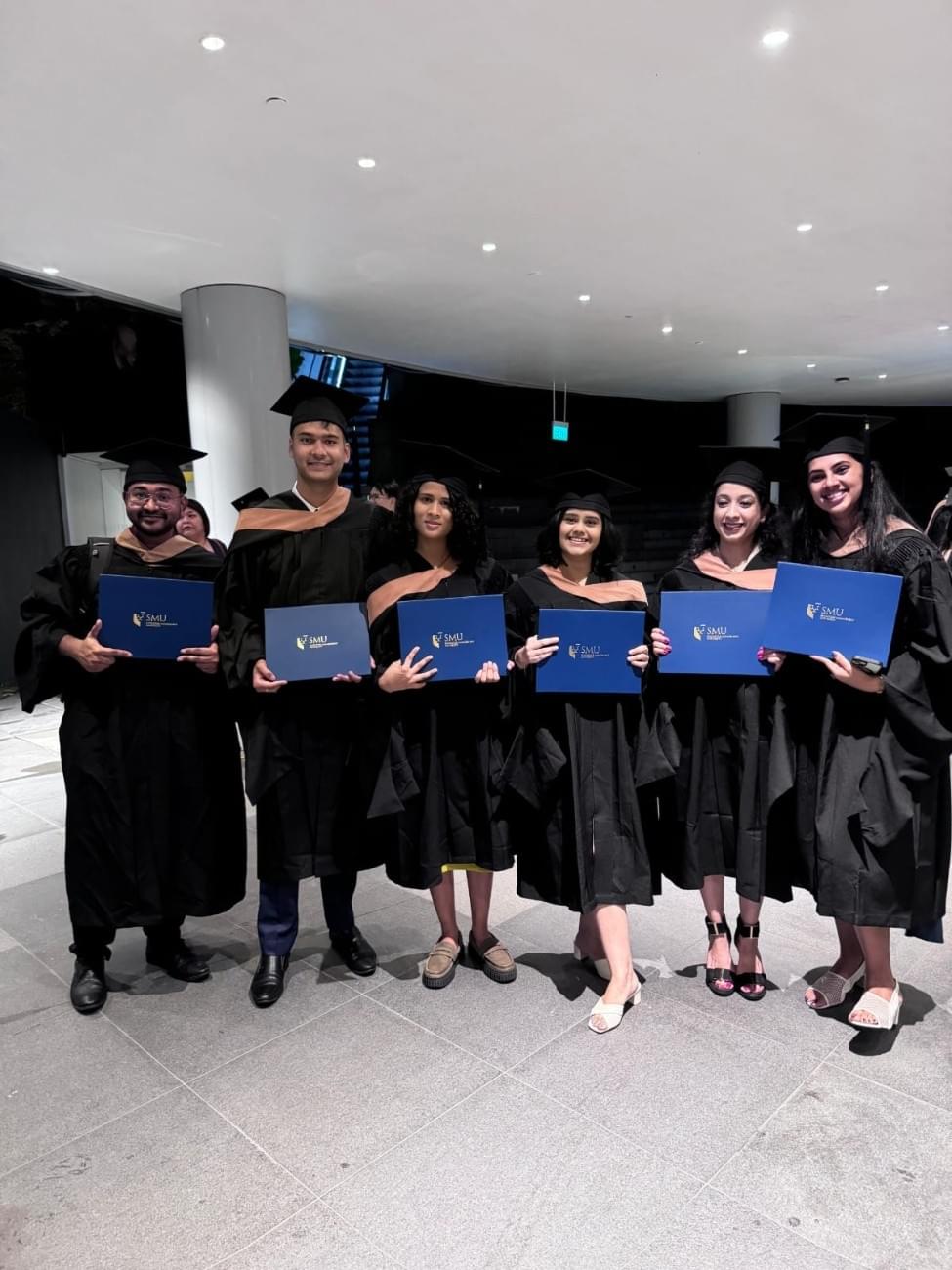What Students Say
Likes
- The classes were really interesting, and sessions were interactive
- The campus was very vibrant and had people from all over the world and of different nationalities so a lot to learn from them
- The professors were very friendly and were always available to solve doubts
Dislikes
- Competition was very high and people were really competitive
- This is a city campus and a open campus without walls so anyone could come in, even you are not a student
- People are not very helpful and you are expected to clear doubts only from professors
Scholarship Received
Impact on Asia scholarship
10,000
Course Curriculum
10
- Since I did engineering, the course was not as difficult for me. It was more rigorous, as there was less time and a lot to study and cover. But content was not difficult. It was a lot of business case studies and application-based.
- Positive aspects: Really engaging, lively and realistic. Relevant to the market and interactive.
- Negative aspect: Difficult to secure a job in Singapore after completion due to visa restrictions.
- Classes vary based on your electives and the way you select them. I generally had 1 class every day for 3 hours, mostly in the morning and afternoon.
- Average number of students in a class is 50 to 60. Indians would be 20 to 25.
Admission Experience
-
I only applied to universities in Singapore.
- Singapore Management University: Accepted
- National University of Singapore: Accepted
- Nanyang University of Singapore: Rejected, maybe because my resume was not very well aligned with my resume and they got candidates with a better inclination towards the course. Also, maybe my essay was not as good as compared to the other students who applied for it as they might have been more suited and more passionate about the course.
- I wanted my college to be in Singapore, as Singapore is very close to India, it is safe and has loads of Indian food and people living here. There is hardly any time difference between India and Singapore, and it feels really good being close to India. Singapore also has a vibrant culture and has many nationalities living here. I chose this college, as SMU has a lot of industry partners, so it is easier to make connections and networks to get a job like career fairs and counselling sessions. I was always interested in working after my master's so it was important for me to join a university that would give me exposure to the industry here. If you are interested in doing a phd or research, then it is better to go for NUS or NTU as they are more research-oriented.
- The admission process is pretty straightforward. You first have to submit your application. The application will have your resume, recommendations and essays and SOPs of 1000 words on why you want to join SMU and what motivates you to join this course. Once that is accepted, you have to take the GRE/GMAT/SMU admission test. I opted for the SMU admission test, which has a similar pattern to that of the GMAT. Once you clear that (minimum cutoff score is 56). Once you qualify for that, you have a 45 mins interview regarding your undergrad degree, past internship exp and why you want to move to Singapore and join SMU and specifically this course.
- The overall admission process is pretty smooth and very easy to understand if you go through their website. The admin is also very helpful and will reply to emails promptly whenever you have a doubt.
- I applied for the Aug intake of 2022. The process was pretty straightforward. I had applied for it during my final year of btech at NIT Rourkela. I got a job offer at Schneider Electric from my campus placement and hence decided to defer my admission for a year, as I wanted to go for my job and get experience first. I had applied in Sept/Oct of 2020 and got a call for giving the test in Nov 2020. I got shortlisted for the interview in Dec 2020 and got my final offer in Feb 2021.
- The reason I preferred the Aug intake is because I had worked for a year before joining and was the ideal time for me to make a switch and move back to academics.
Faculty
10
- Faculty to student ratio is pretty good. For every 10 students there is 1 faculty. Hence, if you wanted to study, you would always find the profs ready and willing to answer your questions and doubts.
- Teaching would majorly be case-based and interactive ppt style with a huge amount of class participation. Education here would give you the skills required but getting a job would still be difficult due to visa constraints.
Campus Life
10
- Only 1 in Singapore called Singapore Management University
- Facilities like library, seating area, group study area, halls, classrooms, gym, swimming pool, TT room, medical
- events would be fests and fests within the campus
- There are student organisation clubs like dance, drama, singing, writing, coding, consulting, drawing, painting, etc.
Part Time Jobs
- The number of students who secure a place are very low, and it is a very difficult selection process
- The pay range is generally 600 dollars per semester.
- other jobs can be in the restaurant or packaging or helping in the library or some office jobs as well, etc., and can range up to 10 to 15 dollars per hour. Max allowed is 16 hours per week
- It is easy to secure a part-time job but will get hectic with studies
- I was working part-time as a brand marketing intern at GlaxoSmithKline. The rate varies, but I was working and earning a monthly salary and not hourly. But hourly would be from 10 to 15 dollars. It is not difficult to secure a part-time job. students can look for jobs or part-time internships at our college's internal portal or some other internship websites like intern.sg or career portals like Future First or MonsterDB etc. Depending on the job requirement, all part-time jobs would have a 40- to 45 mins of interview to test your skill set.
Placement
2
- Very little, about 10 to 20%
- The average salary would be around 4-5k per month
- Very few, hardly 20 to 30 students in a batch of 15 students. Networking in career fairs or linkedin or job portals or the internal SMU job portal as well.
- Most of them do not secure a job and move back to India; other people who do mostly have to first go through a test and then 2 or 3 rounds of interviews. Companies placed: EY, KPMG, Grab, FoodPanda, Dentsu, etc.
- No specific companies, but maybe Dentsu and Big 4.
Accommodation
Off Campus
6
- I have very close family staying here in singapore, they helped me secure a place.
- Monthly rent for a 3bhk flat is around 4 to 4.5k
- I didn't encounter much challenge as I knew people here and had contacts from before
- They can check PropertyGuru or facebook pages like indians inSingapore and, might find possible places for rent.
- My college is about 45 mins away from my place by metro. Most indian students would be staying in Little India.
Exams
- You can either give the GRE/GMAT/SMU Admission test. You only have to take IELTS if your medium of study was not English. Since mine was, I did not give IELTS.
- Necessary documents are a resume, a recommendation letter, test scores, SOPs, and passport details.
- Interview was conducted by 2 panelists. It was a 45 mins interview. They asked general questions about my resume, past experience, why Singapore, why SMU, and why this course. What do I know about business management and some case studies.
- It was pretty standard and I really liked the way they gave clarity about the course and the expectations about the college as a whole.
Fees
- Overall fees are around 44 SGD. I got a scholarship of about 10,000 SGD. This is the tuition fee for the entire course of 18 months. There is no hostel facilities or mess facilities so other than the tuition fee, there is no other fee that is charged.
- They take the money in 3 terms. The scholarship is subtracted at the start and the fees are adjusted.
- Other estimated monthly expenses can vary based on the standard of living. In general the breakdown would be as follows:
- Rent for 1 room, which can be a master bedroom, would range from 1.2k to 2k depending on which area you are living in and the facilities provided.
- Transportation of public transport like metro and bus only would be 100 dollars
- Food would be roughly 10 dollars a meal. if you eat outside, cooking might turn out to be cheaper depending on what you buy. Monthly grocery can be 50 to 70 dollars for vegetables and other staples
- Other miscellaneous expenses, like buying daily laundry soap, skincare, shampoo, etc., can be up to another 100 dollars maximum.
Scholarship
- I did receive a scholarship. I received the impact on Asia scholarship. You can only apply for a scholarship if you have received the final offer. Once you receive the offer, you can apply for a scholarship on the website itself. You need to write a 1000 words essay depending on the type of scholarship you apply for and why you deserve it. They will access it along with your application process, test scores and interview. I got a scholarship of 10,000 dollars.
- You can also take other financial aid like loans. I am not sure of the process, as I had not applied for it.
- There were other students who received scholarships, but I am not sure of the number of students who received them in my batch, as my college does not openly reveal it. The amounts vary depending on how deserving they think you are to get one.


